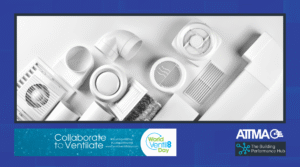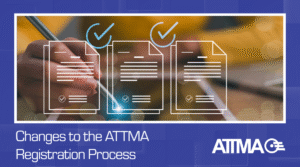Today (27th October) marks the official implementation of Awaabs Law, a landmark piece of legislation aimed at tackling damp and mould in social housing. Named after Awaab Ishak, a two-year-old who tragically died in 2020 due to prolonged exposure to mould in his family’s flat, the law introduces strict timeframes for landlords to investigate and resolve hazardous conditions. It’s a significant step forward in recognising the health risks posed by poor indoor environments and it has direct implications for how we think about building performance and air quality.
What are the New Rules?
Under the new rules, social landlords must investigate emergency hazards within 24 hours, significant damp and mould within 10 working days, and begin remedial works within five days of confirming a risk. If a property cannot be made safe, tenants must be offered alternative accommodation. These requirements will expand in 2026 and 2027 to cover a broader range of health and safety hazards.
While the legislation rightly focuses on landlord accountability, it also highlights a broader issue: the limits of individual control over indoor air quality. Research shows that tenants—especially in social housing, often lack the means to address structural issues like poor ventilation or damp ingress. Awaab’s Law acknowledges this imbalance and prohibits landlords from blaming lifestyle choices for mould and damp, shifting responsibility to those with the power to act.
How does ATTMA fit into Awaabs Law?
This is where ATTMA’s work becomes increasingly relevant. As the UK’s leading competent person scheme in airtightness testing, ATTMA plays a critical role in ensuring buildings are not only energy efficient but also safe and healthy. Airtightness is a key factor in managing moisture and ventilation. Poorly sealed homes can trap humidity, leading to condensation and mould growth. Conversely, excessive leakage can undermine heating systems and introduce pollutants from outside.
Along with ATTMA’s air tightness scheme, ATTMA’s domestic ventilation commissioning scheme is primed to play a vital role in ensuring that homes are not only sealed effectively but also ventilated appropriately. As Awaab’s Law brings renewed attention to the dangers of damp and mould, it’s increasingly important that ventilation systems are properly installed, balanced, and commissioned to perform as intended. Poor ventilation can exacerbate moisture problems, even in airtight homes, making commissioning a key step in safeguarding indoor air quality. ATTMA’s scheme supports this by providing a structured approach to verifying that domestic ventilation meets regulatory and health standards, helping to prevent the very issues the new law seeks to address.
As Awaab’s Law begins to reshape landlord responsibilities, it also invites the sector to rethink how we measure and manage housing quality. Airtightness testing, when combined with proper ventilation strategies, can help prevent the very conditions that led to Awaab’s death. It’s not just about compliance, it’s about creating homes that support health and dignity.
ATTMA will continue to support the industry with guidance, training, and standards that align with this evolving regulatory landscape. We believe that technical rigour and occupant wellbeing must go hand in hand.




